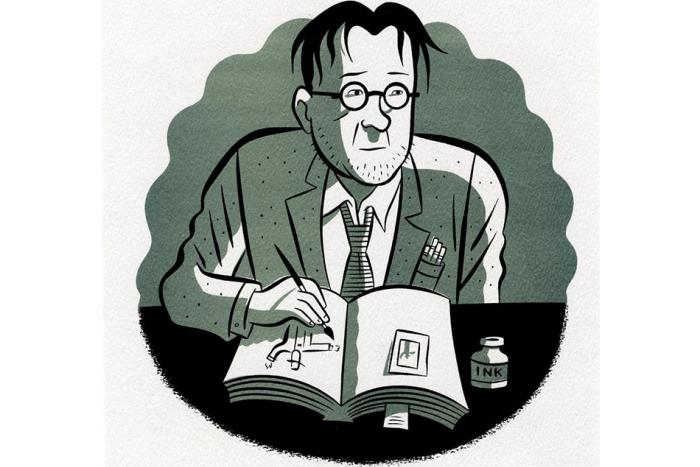By the standards of the asteroids zipping around the inner solar system, 440 metres isn’t exactly large. But then, travelling at nearly 15 kilometres a second, it wouldn’t need to be if it hit the Earth. As lovingly described by Eric Holthaus at Quartz, being anywhere within 100 kilometres of ground zero when something like 2013 TV135 punches a hole in the ground is not a good place to be.
And something like 2013 TV135 will hit the Earth, someday. The skies are filled with buckshot, even if TV135 itself isn’t an immediate threat. The good news on the day something wicked our way comes will be if it’s merely catastrophic, instead of literally the end of the world. The meteor that exploded over Chelyabinsk, Russia, in February of this year is, in this story, like that time you absentmindedly step off the curb and don’t get hit by a car—terrifying, but an opportunity to learn a valuable lesson.
We are, alas, pretty bad at learning these kinds of lessons. The ambiguous risk in the distant future is just not something we are wired to understand properly. A big space rock is going to hit the Earth? How big will it be? Where will it land? What kind of damage will it do? And what would it cost to stop it? These are all questions we don’t have the answers to, and we don’t seem terribly eager to find them out.
NASA is, to be sure, committed to finding 90 percent of the asteroids larger than 140 metres that are out there, having already catalogued (they assure us) more than 90 percent of the really large asteroids of over a kilometre in diameter. One can’t help but wonder, though, how many are out there waiting to surprise us. We also can’t help but wonder if, during the Cold War, knowing where 90 percent of the other side’s nuclear missiles were was considered good enough.
The problem of the ambiguous threat isn’t limited to asteroids, of course. We know the planet is warming, too—we also know what’s causing it, and we have a pretty clear picture of what will happen if it doesn’t stop. (See above, re: lucky if it’s only a catastrophe.) On the other hand, it’s not an immediate threat the way a volatile stock market or mass unemployment is, so we put off any remedial action and hope for the best. Not for nothing is economist William Nordhaus’ new book called Gambling with Civilization.
With the threat of asteroids, the hope for action comes (appropriately enough) from the realm of science fiction: while NASA’s billion-dollar space telescopes are designed to look for black holes at the heart of distant galaxies, Planetary Resources would like to mass-produce cheap space telescopes to prospect asteroids around our own star for eventual mining. As a bonus, the company would also produce the most complete map of the inner solar system yet—including potential threats. The first step to avoiding a disaster is simply looking around.
There are, of course, firms that would like to sell us on the latest and greatest technological fix to global climate change, too. And who knows, one of these days one of them may actually have the fix they claim. On climate change, though, we face the larger problem of a troubling number of our fellow citizens denying the basic science of atmospheric chemistry, even if it isn’t much more mysterious than gravity.
Here too, the first step to avoiding a disaster is simply to look around.





